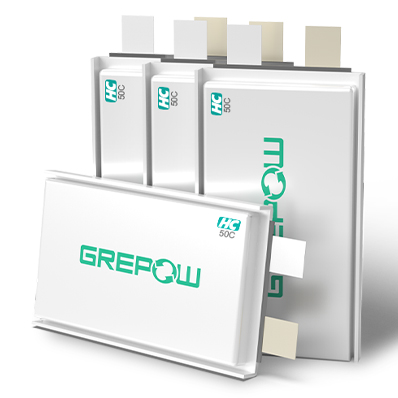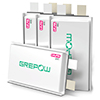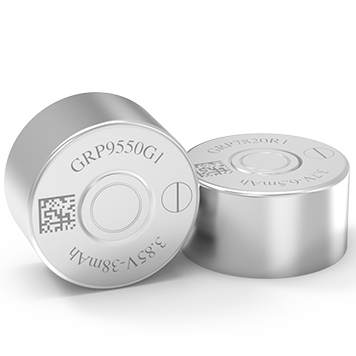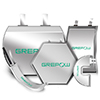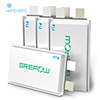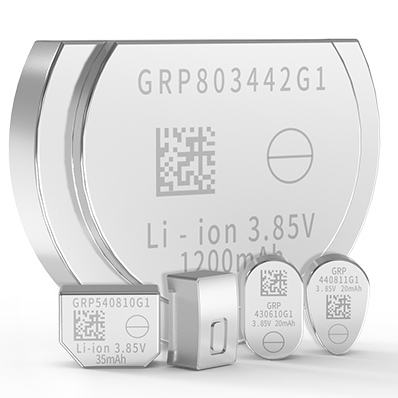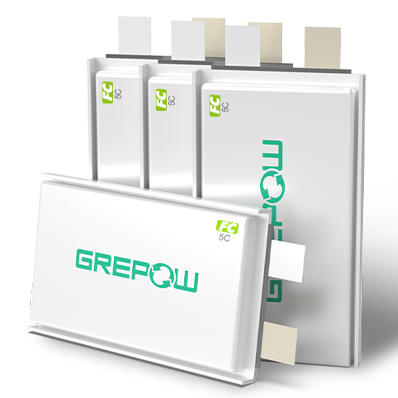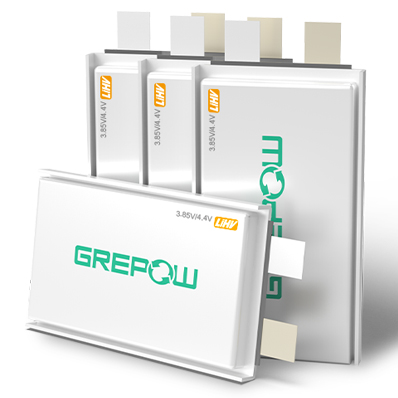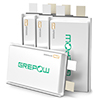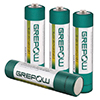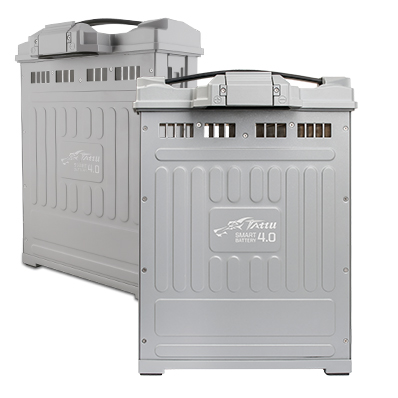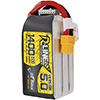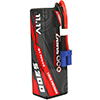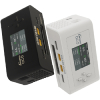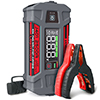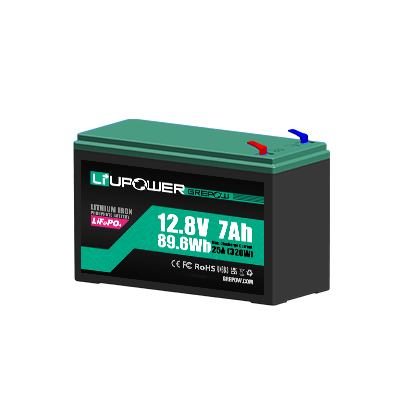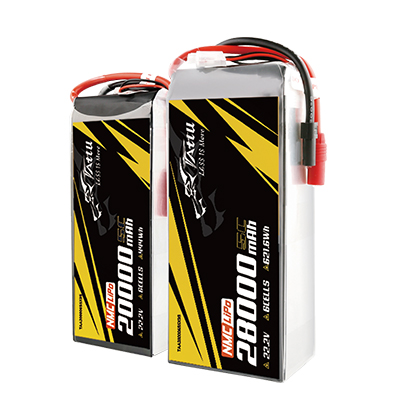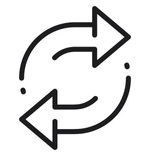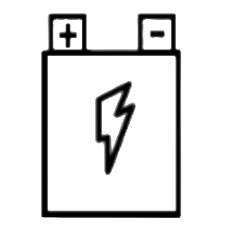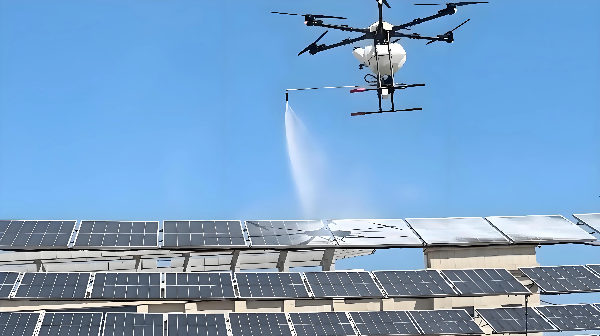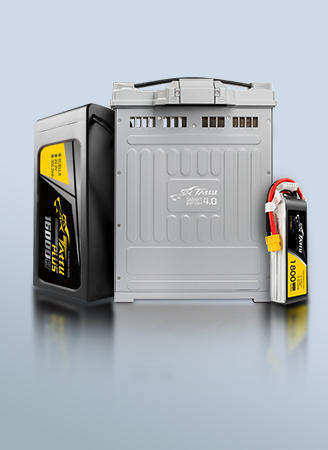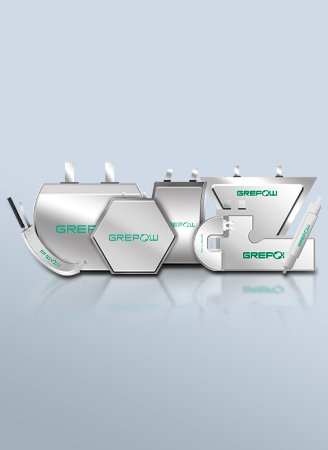How to Choose Battery for a Washing Drone?
As the commercial drone industry evolves, washing drones—also known as cleaning drones or pressure washing drones—are gaining popularity in sectors ranging from property maintenance to solar panel care. Unlike their recreational counterparts, these drones carry a critical payload: cleaning fluid and the power to deploy it effectively. Central to the performance and operational efficiency of these drones is the battery. Selecting the right battery not only determines how long the drone can work but also ensures it meets the power demands of different cleaning systems. This article walks you through the fundamentals of washing drones, how they work, and most importantly, how to choose the right battery based on cleaning modes, pressure requirements, and payload constraints.
What is a Washing Drone?
A washing drone is an unmanned aerial vehicle (UAV) specifically designed and equipped to perform cleaning tasks on elevated or hard-to-reach surfaces. It integrates flight systems with fluid delivery mechanisms (pumps, nozzles, tanks, or hoses) and often specialized cleaning heads or brushes. These drones are used for tasks like washing windows on skyscrapers, maintaining solar panels, or clearing debris from gutters. By leveraging drone technology, they eliminate the need for scaffolding, ladders, or human workers at dangerous heights, enhancing both safety and efficiency.
How Does a Washing Drone Work?
Washing drones employ one of three main cleaning methods, each affecting battery requirements differently:
1. Cleaning Drone with Onboard Water Tank
This type of drone carries its own water supply in a tank mounted on the drone. The onboard system includes sprayers or pumps to dispense water onto the target surface. The battery powers both the drone’s flight and the cleaning equipment, while also supporting the added weight of the water. The size of the tank is a critical factor, as it directly impacts the drone's weight and, consequently, its flight time. This method offers mobility but limits flight time due to the combined power and weight demands.
2. Cleaning Drone with Ground Booster
In this setup, the drone is connected to a ground-based water and power source via a hose. A powerful booster pump on the ground sends water and cleaning solutions up to the drone. The drone itself still requires a battery to power its flight motors and control systems, but it is freed from the significant weight of an onboard water tank. This allows for longer operational periods, as the drone only needs to land for battery swaps rather than for refilling the cleaning fluid.
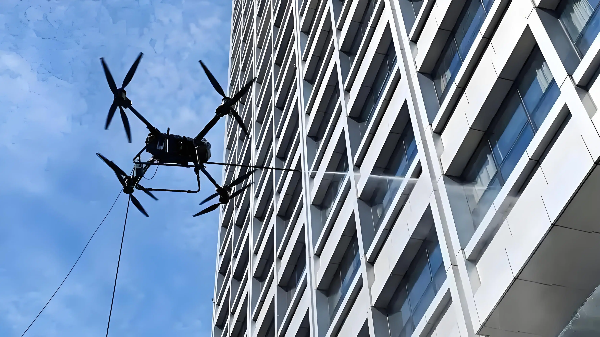
3. Tethered Cleaning
Tethered cleaning systems take the ground-booster concept a step further.Tethered drones are connected to a ground station via a cable that delivers both power and water. This setup allows for continuous operation without relying on a large onboard battery for flight. However, a small backup battery may be included for onboard systems or emergencies, making battery selection less critical for primary power.
What is a Pressure Washing Drone?
A pressure washing drone specifically utilizes high-pressure water jets (typically 500 PSI to over 3000 PSI) to blast away stubborn dirt, grime, mold, mildew, paint, or coatings. These drones can deliver powerful cleaning comparable to traditional pressure washers but with the added benefits of aerial mobility and access to hard-to-reach areas. They are especially suitable for industrial and commercial cleaning tasks requiring strong cleaning force.
Pressure Washing Drones: Soft Wash vs. High-Pressure Cleaning
A pressure washing drone is a specific type of washing drone capable of delivering a high-pressure stream of water to dislodge dirt, grime, and other stubborn contaminants. The key distinction in this category lies in the pressure and volume of the water being used.
Soft washing is a low-pressure cleaning method that relies more on specialized, biodegradable cleaning solutions to break down dirt and organic matter like mold, mildew, and algae. The drone then uses a gentle, high-volume rinse to wash away the loosened grime. This technique is ideal for more delicate surfaces such as windows, solar panels, and certain types of building facades that could be damaged by high pressure.
High-pressure cleaning, on the other hand, utilizes the force of a powerful water jet to physically remove tough buildup from durable surfaces like concrete, brick, and metal. This method is effective for deep cleaning and removing ingrained dirt but must be used with caution to avoid damaging the underlying material.
What are the Applications of Washing Drones?
Washing drones excel in tasks that are dangerous, time-consuming, or expensive with traditional methods:
●Drone Window Cleaning: Cleaning high-rise facades, skylights, and atrium windows safely and efficiently, often using soft-wash or pure water systems with brushes.
●Drone Cleaning Solar Panels: Maintaining large solar farms or rooftop arrays. Soft-wash with deionized water is critical to avoid damage and mineral deposits. Essential for maintaining energy output.
●Drone Gutter Cleaning: Clearing leaves, debris, and blockages from gutters without ladders or scaffolding, often using a combination of air/water jets.
●Drone Building Cleaning: Soft-washing or pressure washing exterior walls, facades, roofs, statues, and monuments on commercial, industrial, and residential buildings.
●Drone Facade Cleaning: Specifically targeting the exterior cladding materials of buildings, tailored to the material (stone, glass, metal panels) using appropriate pressure and cleaning agents.
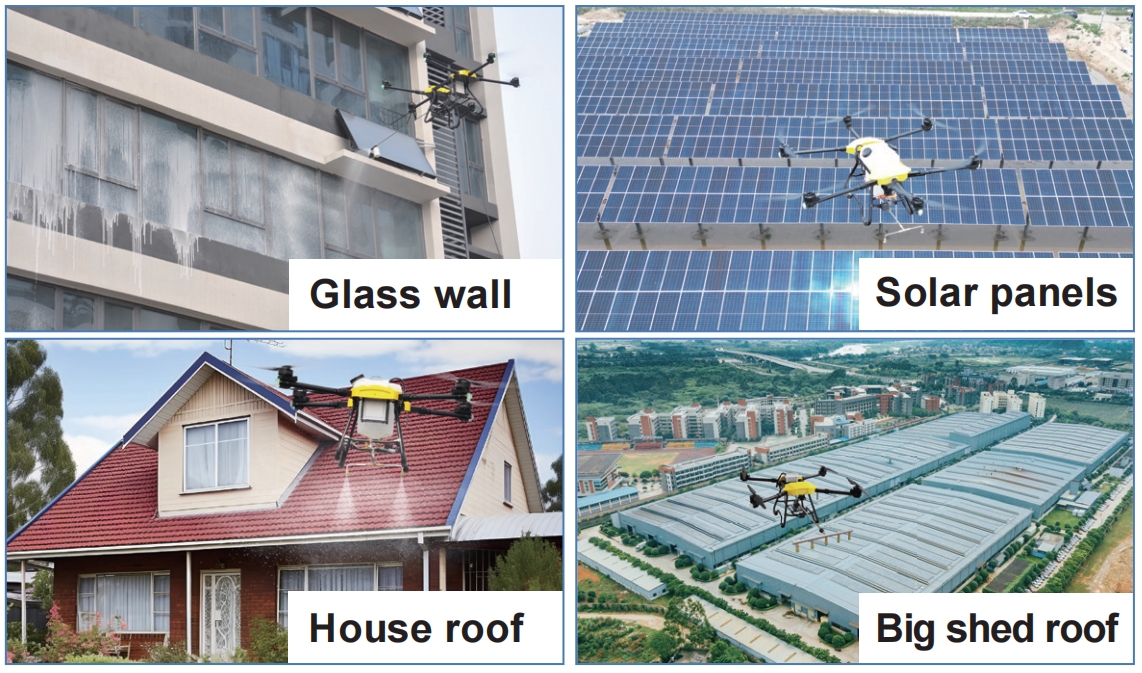
How to Choose a Battery for a Washing Drone?
Selecting the right battery is essential for optimizing your washing drone’s performance. Below are the key factors to consider, focusing on capacity, cleaning methods, and the impact of soft-wash versus high-pressure techniques.
1. Match Battery Capacity to Water Tank and Flight Time Need
Battery capacity, measured in milliampere-hours (mAh) or ampere-hours (Ah), determines how long the drone can fly and operate its cleaning systems. For drones with onboard water tanks, the battery must:
●Support Flight and Payload: The battery powers the drone’s motors while lifting the combined weight of the drone, water tank, and cleaning equipment. More water means more weight, which shortens flight time unless a higher-capacity battery is used.
●Match Cleaning Duration: Calculate the time needed per cleaning session (e.g., 15–30 minutes) and choose a battery that delivers that duration without frequent recharges.
Onboard tank? You’ll need high-capacity batteries (20,000mAh to 44,000mAh). No onboard tank (ground booster)? Lower battery capacity can suffice (12,000mAh to 22,000mAh).
2. Impact of Cleaning System on Battery Selection:
1. Cleaning Drone with Onboard Water Tank:
Demand: Extremely High. Batteries must simultaneously power high-thrust flight motors lifting heavy weight and a powerful pump.
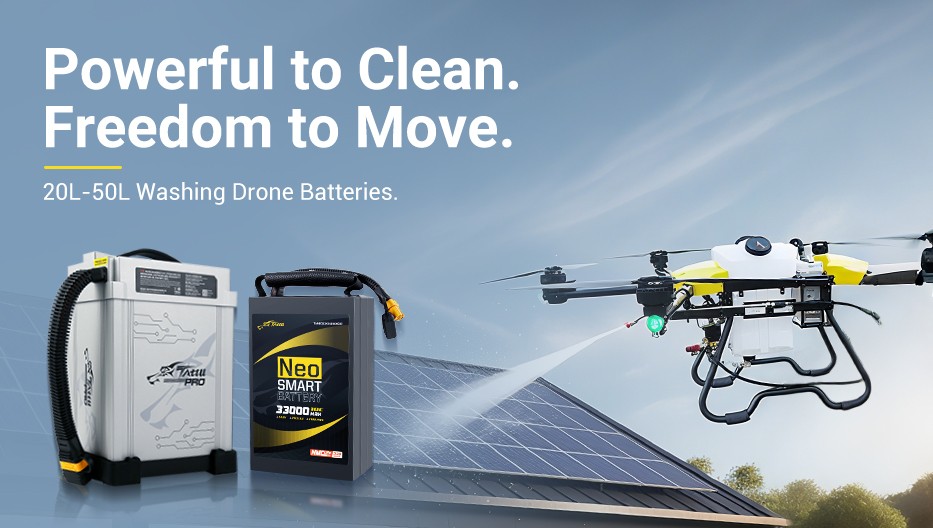
Key Battery Traits:
●Very High Capacity (mAh): 15,000mAh, 20,000mAh, or even higher multi-battery packs are common.
●Very High Discharge Rate (C-Rating): Sustained high C-rating (e.g., 15C, 20C continuous) is essential to deliver the massive current needed for flight and pumping without voltage sag or damage.
●High Voltage (Cells - S Count): Higher voltage (e.g., 14S - 51.8V nominal) systems are more efficient for high-power applications, reducing current draw for the same power (Watts = Volts x Amps).
| Battery Model | Dimension(±5mm) | Weight(±100g) | Applications |
| Tattu Pro 25C 22000mAh 51.8V 14S1P | 117x174x238mm | 7350g | 20L Water Tank |
| Tattu 4.0 35C 30000mAh 53.2V 14S1P | 333x237x92.5mm | 11500g | 30-40L Water Tank |
| Tattu Neo Compact 10C 33000mAh 51.8V 14S1P | 156×92×245.5mm | 5912g | |
| Tattu 4.0 35C 30000mAh 68.4V 18S1P | 333x237.5x175mm | 13800g | 50L Water Tank |
2. Cleaning Drone with Ground Booster:
Demand: Moderate (Primarily Flight). The major power consumer (pump) is ground-based. Drone batteries power flight and a low-power flow control valve.
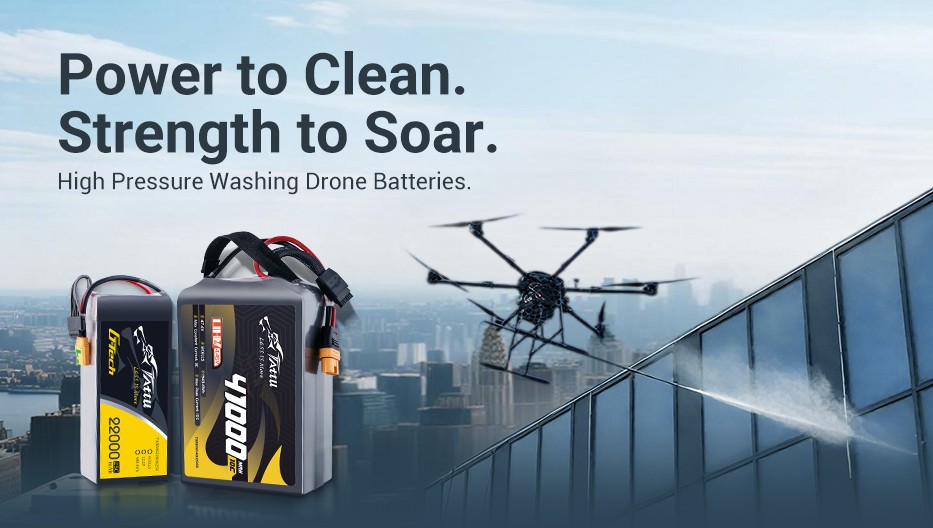
Key Battery Traits:
●High Capacity (mAh): Focus shifts to maximizing flight endurance (e.g., 10,000mAh - 30,000mAh+ packs). The drone can carry larger batteries since the fluid/pump weight is gone.
●Moderate-High Discharge Rate (C-Rating): Needs sufficient C-rating for the flight motors under the drone's operating weight (which includes the hose drag), but not for pumping. 10C-15C continuous is often adequate.
●Voltage: Matched to the drone's propulsion system requirements (often 12S-18S).
| Battery Model | Dimension(±5mm) | Weight(±100g) |
| Tattu 30C 16000mAh 22.2V 6S1P | 192x77x66mm | 2000g |
| Tattu 30C 22000mAh 22.2V 6S1P | 206x91x61mm | 2460g |
| Tattu 30C 16000mAh 44.4V 12S1P | 191x130x78mm | 4000g |
| Tattu 30C 22000mAh 44.4V 12S1P | 151x78x191mm | 4650g |
| Tattu Plus 1.0 Compact 15C 16000 12S1P | 224x163x90mm | 4740g |
| TATTU UHV 22000mAh 10C 55.3V 14S1P | 138.1x74x220mm | 4670g |
| TATTU UHV 27000mAh 10C 55.3V 14S1P | 103.1x122x220mm | 5700g |
| TATTU UHV 41000mAh 10C 55.3V 14S1P | 164.7x115x237mm | 8370g |
3. Tethered Cleaning:
Demand: Minimal (Backup Only). Main power comes via the tether.
Key Battery Traits:
●Small Backup Capacity: A lightweight battery sufficient for a controlled emergency landing (e.g., 5-10 minutes of hover time). Capacity can be relatively low (e.g., 3000mAh - 6000mAh).
●Adequate Discharge Rate: Needs to handle the flight motors briefly.
The Impact of Soft-Wash vs. High-Pressure Cleaning on Battery Selection
The type of cleaning you are performing also influences battery choice, primarily related to the power consumption of the pump.
●Soft-Wash: Soft washing typically uses lower pressure pumps. These pumps draw less current, putting less strain on the drone's overall power system. For drones with onboard tanks, this can translate to slightly longer flight times compared to high-pressure washing with the same battery.
●High-Pressure Cleaning: High-pressure pumps require significantly more power to generate the necessary force. This increased power draw must be factored into your calculations. For drones with onboard tanks and pumps, a battery with a robust C-rating is crucial to handle the high current demands of both the motors and the powerful pump. In tethered or ground-booster systems, the power for the high-pressure pump is supplied from the ground, so this has a negligible impact on the drone's onboard battery.
Practical Tips for Battery Selection
Refer to Manufacturer Guidelines: Check the drone’s manual for recommended battery types and capacities.
●Calculate Total Weight: Include the drone, water, and equipment to ensure the battery supports the payload.
●Estimate Flight Time: Match battery life to your cleaning needs, adding a safety buffer.
●Assess Cleaning Power Needs: If pumps or sprayers run off the battery, verify it can supply the required current.
●Choose LiPo Batteries: Lithium-polymer batteries are standard for drones due to their high energy density and power output.
Conclusion
Washing drones are revolutionizing the cleaning industry, making high-altitude and large-surface cleaning safer, faster, and more efficient. But the real power behind these drones lies in their batteries. Choosing the right battery for a washing drone involves balancing capacity, cleaning method, and power demands. By following manufacturer recommendations and considering your specific application, you’ll equip your washing drone for peak performance, making every cleaning task a success. Grepow, a leading global manufacturer of industrial drone batteries, delivers superior high-power drone batteries engineered for every washing drone task. From gentle soft washing to rigorous high-pressure cleaning, trust Grepow to power your operations with the ideal washing drone battery solutions. If you have any questions or needs, please feel free to contact us at info@grepow.com.
Related Articles
-
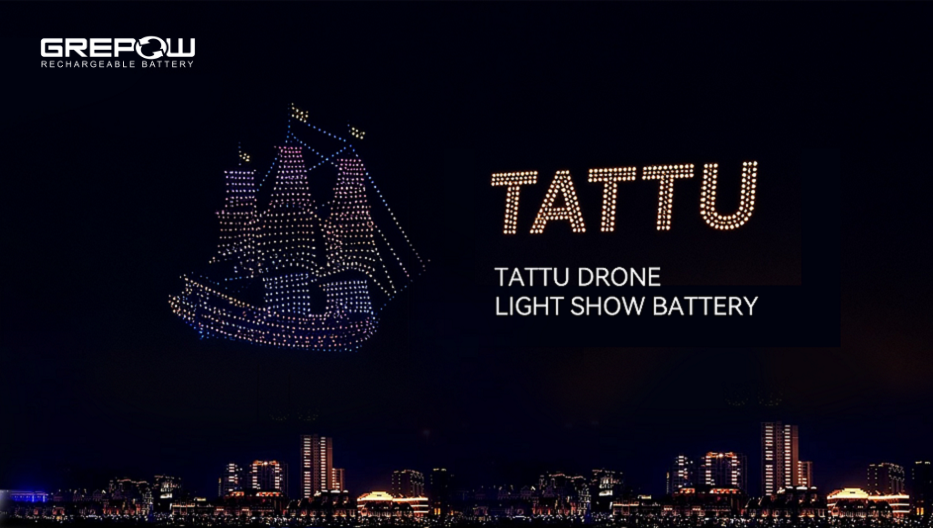
Powering Aerial Artistry: Grepow Battery Solutions Behind Drone Light Shows
2025-10-27 -

Vatican Drone Show: Where Technology Meets Faith
2025-09-15 -

Why Do We Need Silent Drones?
2025-09-02
Related products
-
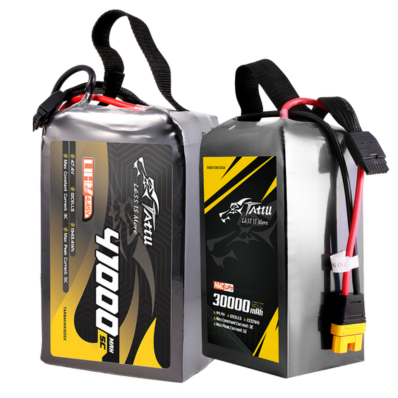
Tattu 12S LiPo Drone Battery Series
-
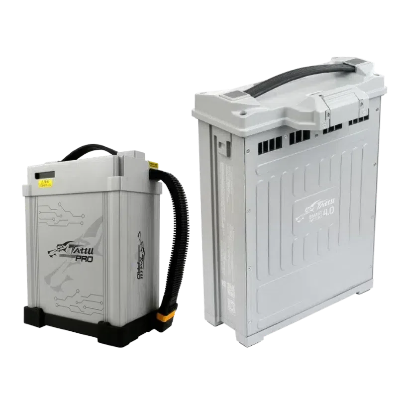
Tattu Agricultural Drone Battery
-
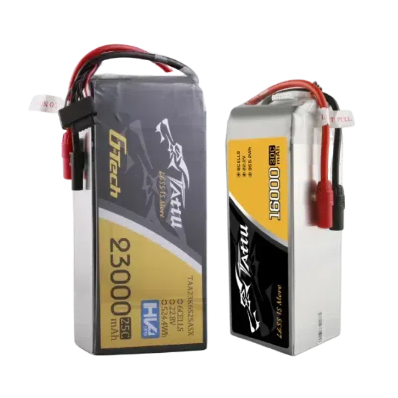
Tattu 6S LiPo Drone Battery Series


